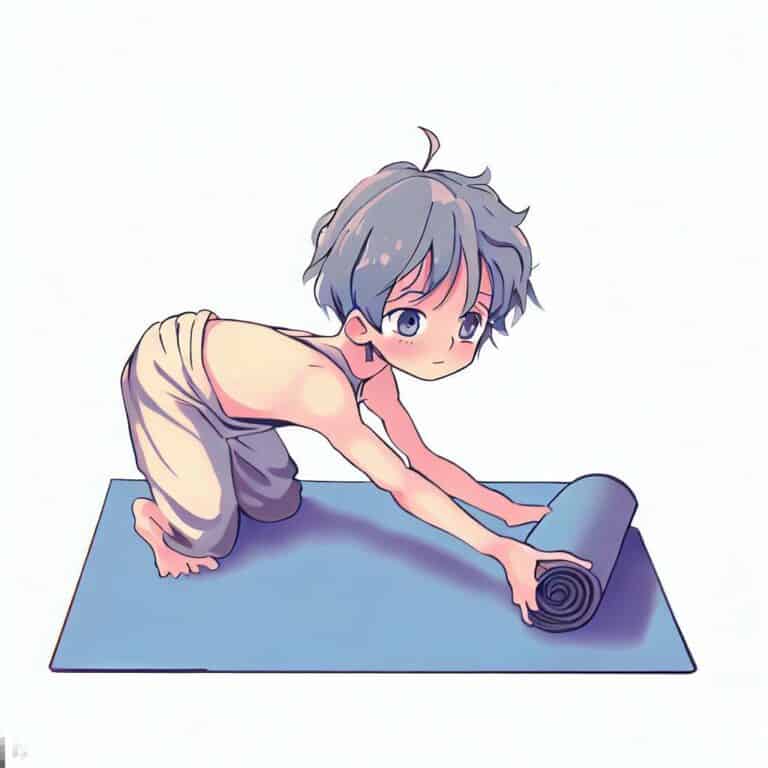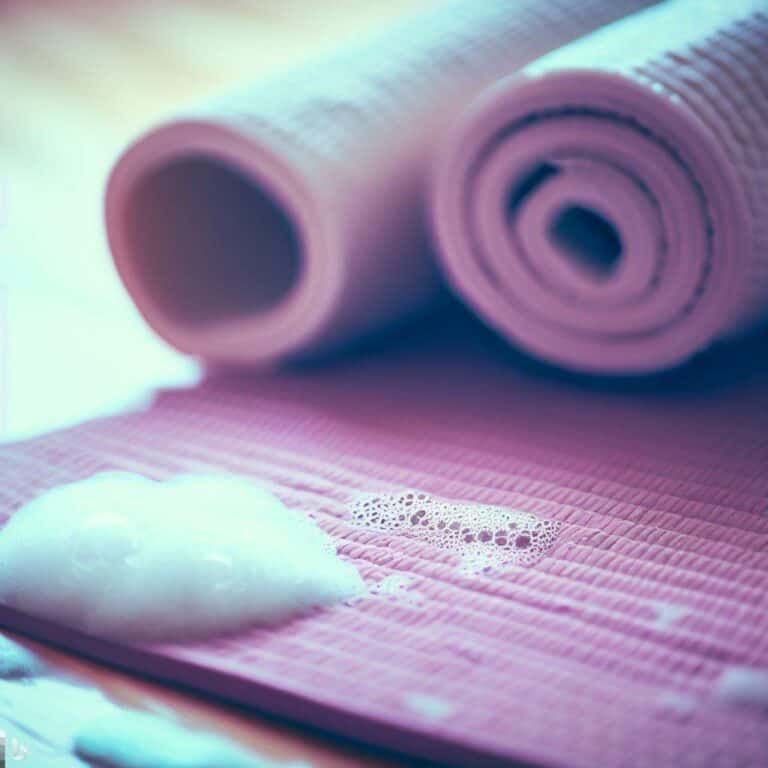Yoga mat: product round up
Yoga mat: The Bedrock of Your Practice
A yoga mat serves as the foundation for your practice – it’s the space where you find connection, balance, and tranquility. As such, selecting the right yoga mat is a crucial step to enhance your yoga journey. With an overwhelming array of choices on the market, finding the perfect one can feel like a daunting task. But fear not! This article aims to guide you through this process, breaking down the essential factors to consider when purchasing a yoga mat in 2023.
Key Considerations When Choosing a Yoga Mat
When browsing the market for the perfect yoga mat, these key considerations can guide your decision:
Material: Yoga mats are typically made of PVC, rubber, or eco-friendly materials such as cork or jute. PVC mats are durable and offer great stickiness, while rubber mats provide excellent cushioning and traction. Eco-friendly mats, though sometimes less durable, are sustainable and perfect for yogis wanting to minimize their environmental impact.
Thickness: The thickness of your yoga mat directly affects comfort, especially for poses that put pressure on your knees or wrists. Standard yoga mats usually range between 1/8 to 1/4 inch thick. While thicker mats offer more cushioning, they might make it harder to feel a strong connection to the floor, which can affect balance in certain poses.
Texture: The texture affects the grip and slip-resistance of the mat. A sticky texture can help you maintain your poses without slipping, which is particularly useful in heated or high-intensity classes. However, some may find certain textures uncomfortable against the skin.
Size: Ensure the mat is long enough for your height and wide enough for you to move freely in various poses. Standard mats are usually 68 inches long, but longer mats are available for taller individuals.
Popular Yoga Mat Trends in 2023
Eco-friendly mats: With rising environmental consciousness, many yogis are opting for eco-friendly materials. Mats made from natural rubber, cork, or jute are not only sustainable but also offer unique benefits such as antimicrobial properties and superior grip.
Alignment mats: These mats feature alignment lines or patterns to guide your hand and feet placement, helping you maintain proper alignment throughout your practice.
Extra-cushioned mats: Ideal for those with joint issues or who practice gentle, restorative yoga, these mats offer additional padding for maximum comfort.
Travel mats: Lightweight and foldable, travel mats are perfect for the yogi on the go. They may be thinner but are designed to be portable and easy to carry.
Conclusion: Embracing the Journey With Your Mat
Remember, the best yoga mat is the one that fits your personal practice, comfort needs, and values. From material and thickness to texture and size, every detail matters when it comes to choosing this integral piece of your yoga journey. With the perfect mat under your feet, you’re all set to delve into your practice, explore new poses, and find peace within yourself.
Now, we’d love to hear from you. What’s your favorite yoga mat? How did it transform your practice? Share your experiences in the comment section below and inspire others on their yoga journey.


Yoga Mat Zebra Print: For a Standout Practice
Infuse personality into your practice with zebra print yoga mats – balancing style, comfort, and functionality for a standout session.


Yoga Mat Easy to Carry
Discover the perfect easy-to-carry yoga mat to enhance your practice, offering flexibility, convenience, and transforming your yoga journey.


Unveiling the Unparalleled: Best Cork Yoga Mat for Hot Yoga in 2024
Discover the best cork yoga mats for hot yoga. From temperature regulation to natural grip, explore the benefits and features to consider.


Travel with yoga mat on plane
Navigate air travel with your yoga mat effortlessly. Understand airline policies and enjoy your yoga practice anywhere in the world.


Yoga mat EVA vs TPE – Which One is Right for You?
Dive into the yoga mat debate: yoga mat EVA vs TPE. Discover their pros and cons to find the best fit for your practice


Mastering the Basics: Yoga Mat – How to Use it Effectively
Master the basics of your yoga mat – how to use it effectively to enhance and transform your yoga practice.


Yoga mat upside: Which Side of Your Yoga Mat is Up?
Unsure which side of your yoga mat is upside? Dive into our friendly guide and learn how to identify the correct orientation of your mat.


Yoga Mat Keeps Rolling Up? Here’s the Quick Fix!
Tired of interruptions during yoga? Discover how to keep your yoga mat from rolling up and stay focused!


Reuse Yoga Mat: 13 Inventive Ways to Give Your Old Mat a New Life
Discover 13 unique ways to reuse your old yoga mat. From home decor to gardening, find inspiration and reduce waste with these creative ideas.


Sweat, Cleanse, Repeat: The Ultimate Guide to Keeping Your Jute Yoga Mat Spotless
Discover how to keep your jute yoga mat in top condition with our step-by-step guide. Learn the best ways to clean and maintain your mat today!


Preserve Your Peaceful Sanctuary: A Guide on How to Clean Cork Yoga Mat
Revive your yoga practice! Learn how to clean cork yoga mat with our unique, easy guide. Enhance mindfulness and cleanliness today!


Clean, Refresh, and Revive: The Ultimate Guide to Keeping Your Natural Rubber Yoga Mat in Top Condition
Learn how to keep your natural rubber yoga mat clean and pristine. Discover the benefits of a natural rubber mat and tips for maintenance.


Best yoga mat
Dive into the 2023 guide to the best yoga mats, finding the perfect match for adults, kids, and every lifestyle


Understanding the Perfect Yoga Mat Size: Which One is Right for You?
Choosing the right yoga mat size is an essential part of ensuring a comfortable and safe yoga practice. This post helps you find the right size for your needs.


A Guide to Cleaning Your Yoga Mat with Vinegar
Vinegar is a simple and effective natural cleaning solution for yoga mats. We’ve outlined the key points to keep in mind when cleaning your yoga mat with vinegar


The Ultimate Guide to Keeping Your Yoga Mat Fresh and Clean
Learn how to clean your yoga mat with this detailed guide. Keep your mat in top condition and prevent bacteria build-up for a healthier practice.


How to Choose the Right Yoga Mat: A Comprehensive Guide
Unlock the perfect yoga experience by learning how to choose the right yoga mat that suits your needs, preferences, and practice style.



